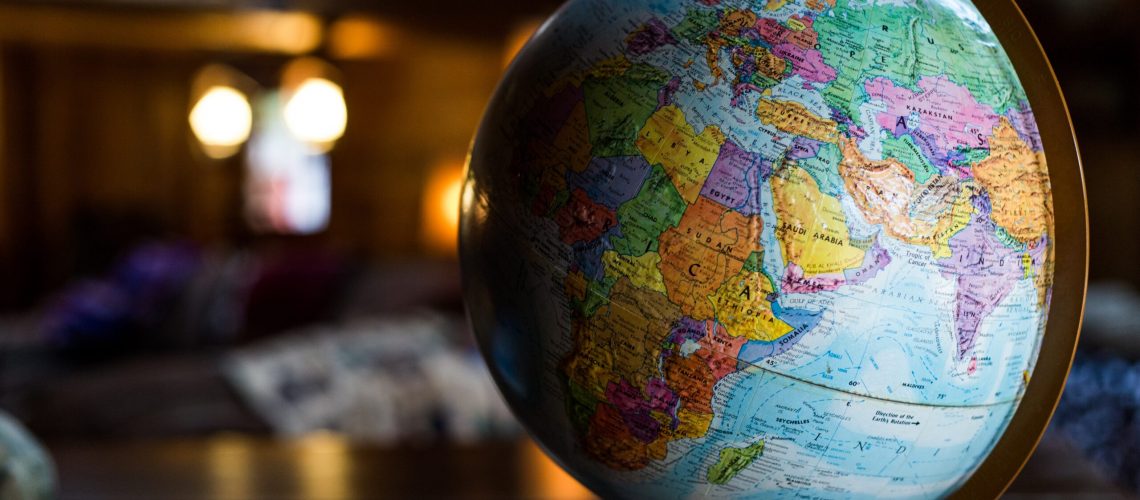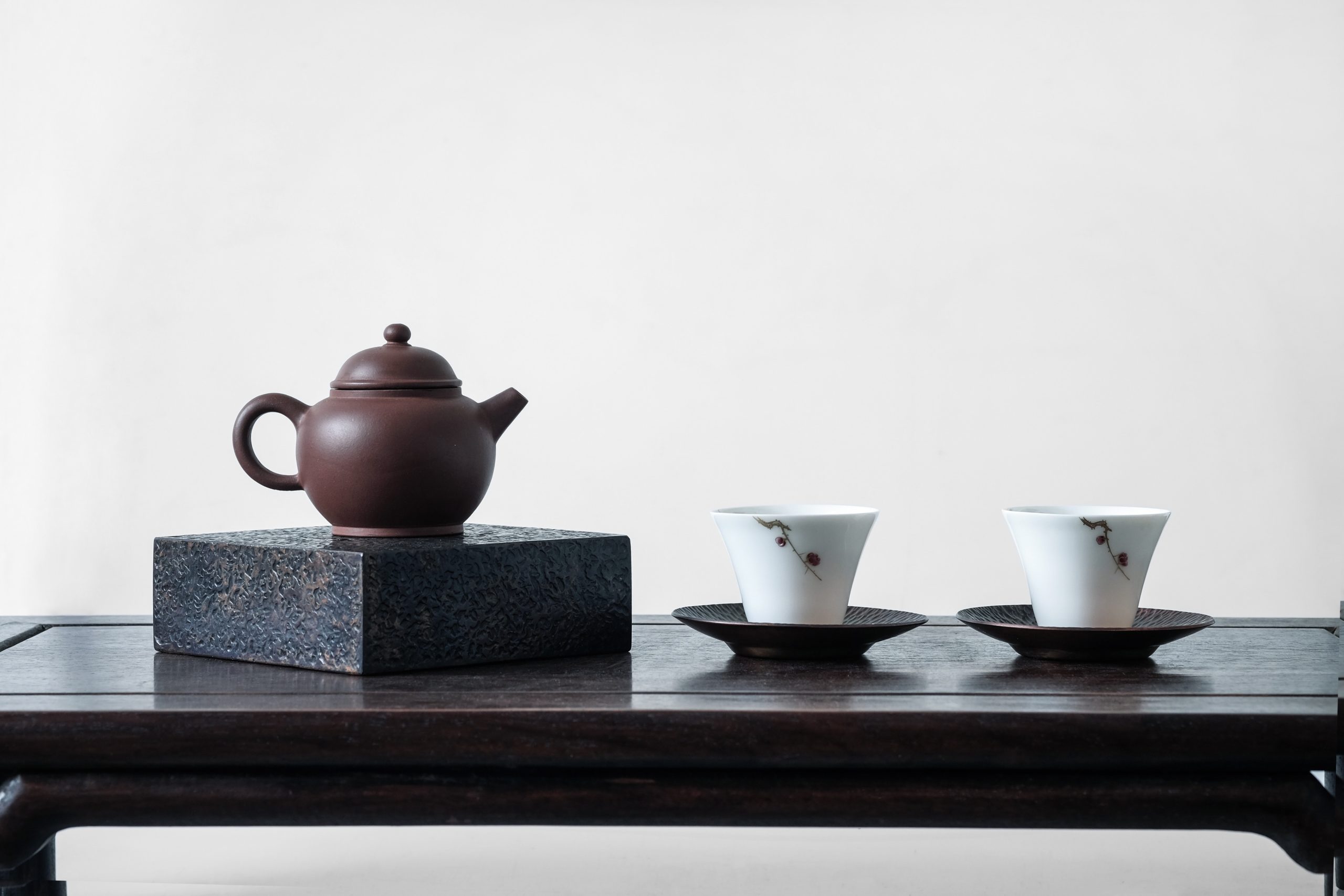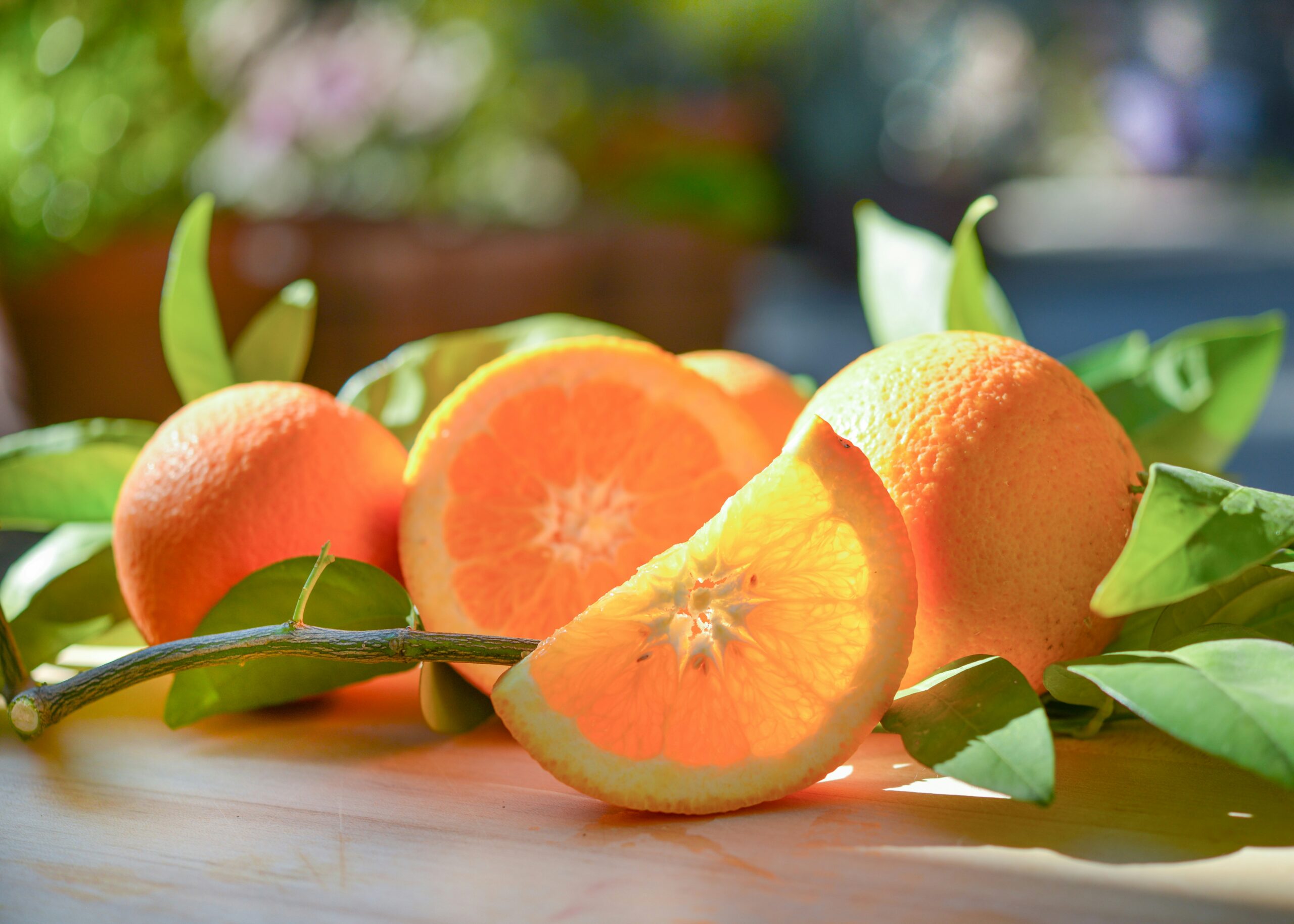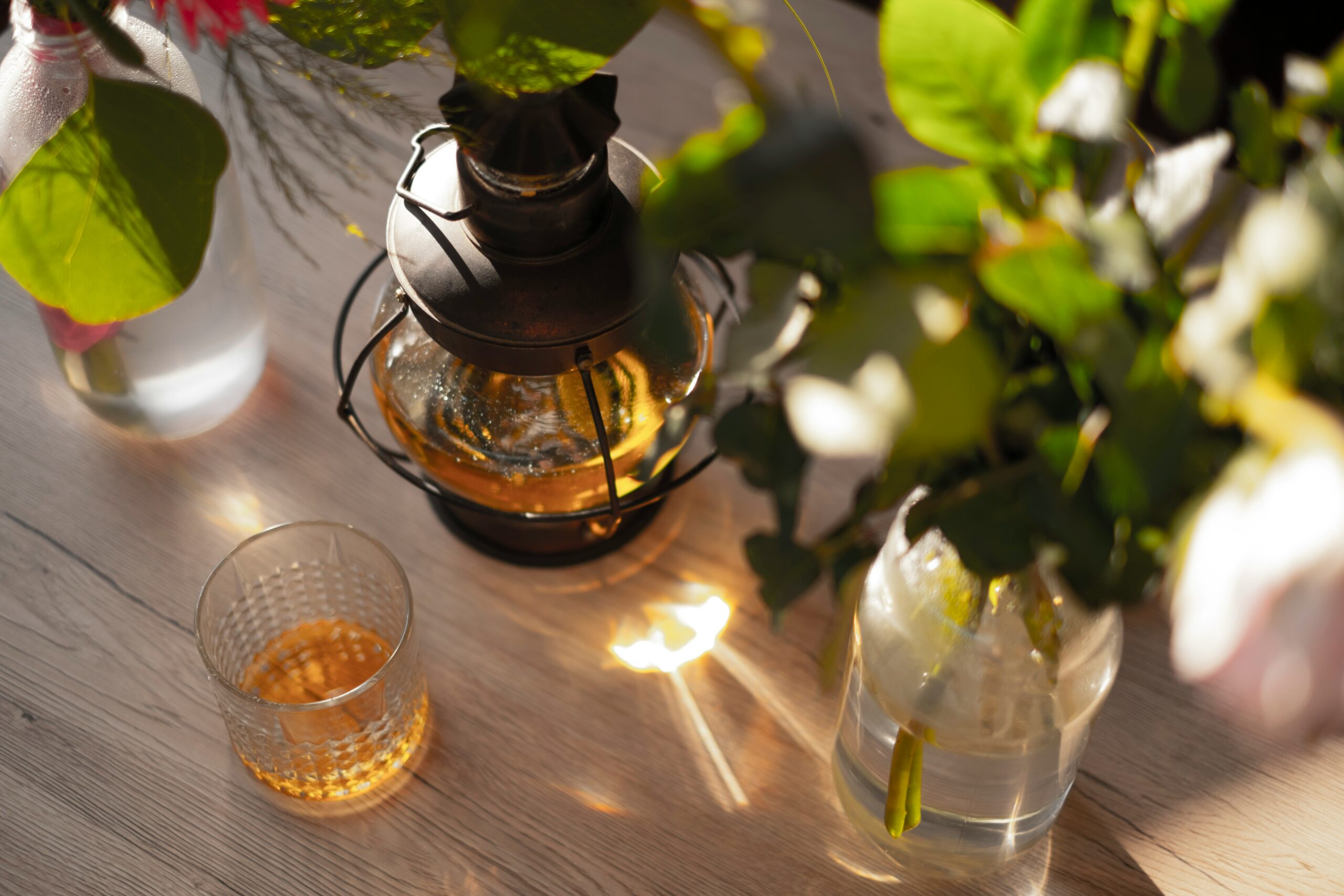Are Japanese people sensitive to caffeine? Exploring the relationship between caffeine and genetics, along with recommendations for caffeine-free teas.

In this article, I would like to introduce the relationship between sensitivity to caffeine and genetics. Additionally, I’ll recommend some caffeine-free teas for those who are sensitive to caffeine, so please read on until the end.
Let’s dive into the main topic right away!

What happens when you consume caffeine?
Caffeine stimulates the cerebral cortex, particularly the sensory, prefrontal, and motor cortices, and its effects are closely related to the adenosine receptor gene (ADORA2A).
The literature describes the following:
Caffeine has a similar binding affinity to adenosine A1 and A2A receptors due to its chemical structure. It inhibits the binding of adenosine, thereby preventing the suppression of neurotransmitters like dopamine and norepinephrine, which can lead to insomnia and excitement.
Reference: Takako Nakamura, “Daily Beverages like Alcohol and Coffee and Japanese Genes,” Tsukuba University Technical Report 31: 33-38, 2011.
In simple terms, caffeine binds in place of substances that suppress dopamine release, thereby preventing the suppression of dopamine and causing excitatory effects.
Caffeine doesn’t actually release dopamine; rather, it blocks the suppression of dopamine, which results in an increase in dopamine levels. It’s a bit of a roundabout way, but it sounds pretty cool!
To explain in more detail, dopamine release and suppression occur as follows:
- An excitatory neurotransmitter, dopamine, is released along with a substance called ATP.
- ATP is converted into adenosine.
- When adenosine binds to adenosine receptors, it sends a signal to suppress the amount of excitatory neurotransmitters, thereby inhibiting dopamine release.
Caffeine alters this process as follows, leading to its excitatory effects:
- An excitatory neurotransmitter, dopamine, is released along with ATP.
- ATP is converted into adenosine.
- Caffeine binds to adenosine receptors, inhibiting the binding of adenosine to these receptors. By blocking adenosine’s suppression of neurotransmitters, caffeine causes excitatory effects.
The adenosine receptor gene (ADORA2A) has three phenotypes: CC, CT, and TT.
According to the aforementioned Tsukuba University paper, individuals with CC and CT genotypes, who carry the C gene, experience stronger alertness effects from coffee and are more sensitive to its effects, leading to higher coffee consumption. In contrast, those with the T gene may experience mental instability and anxiety after caffeine consumption, resulting in lower caffeine intake.
This genetic variability explains why some people are more sensitive to caffeine and others are more affected by its psychological impacts.
It’s also understandable why the Ministry of Health, Labour and Welfare provides guidelines on recommended caffeine intake.
Even though there is no universally established acceptable daily intake (ADI) for caffeine, which would indicate a daily consumption level that is unlikely to cause health issues over a lifetime, this varies greatly among individuals. As a result, such guidelines have not been set in Japan or internationally.
Reference: Ministry of Health, Labour and Welfare, “Q&A on Excessive CaffeineIntake in Foods.https://www.mhlw.go.jp/stf/seisakunitsuite/bunya/0000170477.html
Is caffeine consumption different for Japanese people?
According to the Tsukuba University study mentioned earlier, the distribution of ADORA2A genotypes among Japanese people (from Ibaraki) is as follows: CC type 24.7%, CT type 49.4%, and TT type 26.0%. Based on these results, approximately one in four Japanese individuals may be more susceptible to the negative effects of caffeine, such as anxiety, rather than benefiting from its stimulating effects.
For comparison, the percentage of TT genotype individuals is 20.7% in the US and 6.9% in Colombia. This suggests that Japan has a higher proportion of people who may be sensitive to caffeine compared to these countries.
It’s important to manage caffeine consumption according to individual body traits and life stages to maintain a comfortable balance with caffeine.
Recommendations for reducing caffeine intake:
For those looking to cut down on caffeine, it’s beneficial to choose teas with little to no caffeine. One great option is rooibos tea. Rooibos tea, a type of herbal tea, is made from a plant in the legume family native to South Africa and contains no caffeine.
Although some caffeine-free teas may feel lacking in flavor, rooibos tea offers a rich, full-bodied taste similar to black tea, which can satisfy even tea enthusiasts.
First, let me introduce the standard rooibos tea. It features a vibrant reddish-brown color, the distinctive aroma of rooibos, a moderate body, and a subtle sweetness.
The tea comes in convenient single-serving packs, each pre-measured for optimal extraction in a standard teapot (300ml–350ml). This is perfect for those who want to try just a small amount. Each package contains three single-serving packs.

Next, we have the somewhat unusual green rooibos.
This rooibos tea is made using a special process that avoids fermentation, resulting in green leaves and an orange tea when brewed. While it retains the characteristic flavors of rooibos, it has a smoother and gentler taste compared to traditional rooibos tea.
This product also comes in single-serving packs, each pre-measured for optimal extraction in a standard teapot (300ml–350ml). The package includes three single-serving packs.

Here is an overview of the recommended daily limits for coffee and tea from the perspective of caffeine intake.
The terms decaf, non-caffeinated, and caffeine-free can be a bit confusing, so I’ve summarized these distinctions in a separate article. If you’re interested, please take a look!
Reference:
- Ministry of Health, Labour and Welfare, “Q&A on Excessive Caffeine Intake in Foods,”https://www.mhlw.go.jp/stf/seisakunitsuite/bunya/0000170477.html
- Takako Nakamura, “Genetics of Japanese People and Everyday Drinks like Alcohol and Coffee,” Tsukuba University Technical Report 31: 33-38, 2011
teploのメールマガジンに登録
お茶に関する旬な情報や豆知識を漏れなく受け取りたい!そんな方は以下の登録フォームでメールアドレスをご登録ください。
teploから最新の情報をメールマガジンでお送りいたします。
(※1) プライバシーポリシーを必ずお読みいただき、ご同意の上、登録してください。
(※2) info@load-road.comおよびhello.japan@load-road.comからのメールが受信できるようにご設定ください。





